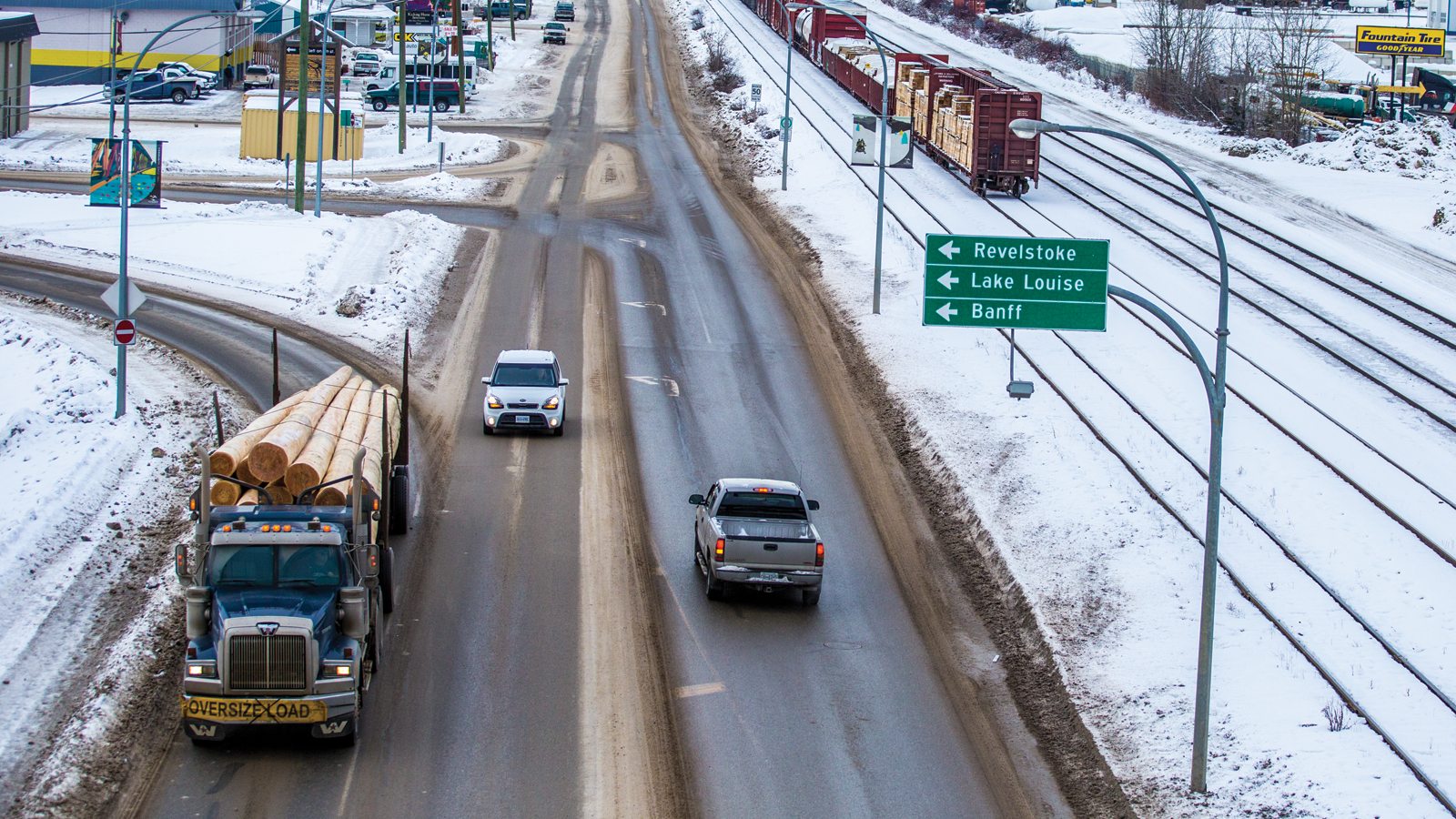Follow this winter maintenance advice from Randy Loyk, AMA’s manager of technical services, and you’ll drive safely and comfortably right through the winter.
1 Winter tires: Put them on before the first snow. And check that your spare tire is inflated.
2 Block heater: Pull out the cord and check that the heater is working. (Buy a block-heater tester at any AMA centre). Your engine will need it when temps drop to -15 C or below.
3 Oil: Synthetic is best, “It flows better in all temperatures and starts lubricating engine parts much more quickly,” Loyk says. It also won’t thicken in extreme cold.
4 Battery: If it’s more than three years old, have it tested for free* by a CAA Battery Service professional to make sure it’s good for another season of hard cranking. Need a new one? AMA can deliver and install it*. Call 1-800-222-4357 for CAA Battery Service.
5 Fluids, belts and hoses: Be sure fluids are topped up, belts are tight and undamaged, and rubber hoses are secure and flexible. Get them checked at an AMA-trusted AARS facility to be sure. While you’re at it, confirm that your fluids are rated for at least -35 C.
6 Wiper blades: Replace them once a year. There’s no longer any need to fit special winter wipers. Good-quality blades are effective year-round.
7 Snow mats: They’ll protect your floor from melted snow and keep crud off your boots.
8 Lubricant: Apply lubricant to all door, hood and trunk hinges, to keep them sliding easily.
*Select batteries and locations
DON’T GET SALTY
Alberta’s biggest cities now use anti-icing solutions to proactively maintain winter streets. These compounds help prevent ice and reduce the amount of abrasives like sand used on roads, but they can also cause rust. Guard against this by following these tips:
• Thoroughly wash and clean your vehicle before winter hits, and give it a good wax to shield paint and metal from grime. Consider getting an underbody oil spray applied at an undercoating facility, to protect the parts of your vehicle that are closest to the road.
MORE TO READ
What you need to know about winter tires and handling winter driving conditions
• Wash your vehicle often throughout the season. Pay close attention to the undercarriage and anywhere anti-icing solution may build up. Many drive-through car washes offer an optional undercarriage rinse.
• Repair any body damage and touch-up paint scratches and chips that expose bare metal, as these areas are prone to rust.

BEFORE YOU LEAVE
What to do prior to heading out on the road—especially if you’ll be travelling a longer distance—to ensure you’re prepared for challenging driving conditions, and in case of car trouble or a roadside emergency.
• Plan your route by checking road conditions, traffic and weather with AMA Road Reports: roadreports.ama.ab.ca
• Make sure somebody knows your destination and ETA.
• Have a full tank of fuel, so that your engine can remain running and creating heat if you’re stuck.
• Carry a fully charged cell phone and charging cable.
MORE TO READ
Why you should learn to drive in winter
• Always have a snow brush and ice scraper in the trunk.
• Dress for the weather with a jacket, hat, gloves and boots. You don’t need to wear them while driving, but they should be on-hand.
• Wear sunglasses, as light reflecting off snow can be dazzling.
• Purchase a roadside emergency kit at any AMA centre. It’s packed with booster cables, a shovel, flashlight, first-aid essentials, matches, candles and more. Member price: $90.
• Keep protein or energy bars in the glovebox, in case you get stranded and need nourishment.
• Be certain that your AMA membership is up to date, and carry your card along with your driver’s licence, registration and insurance.
